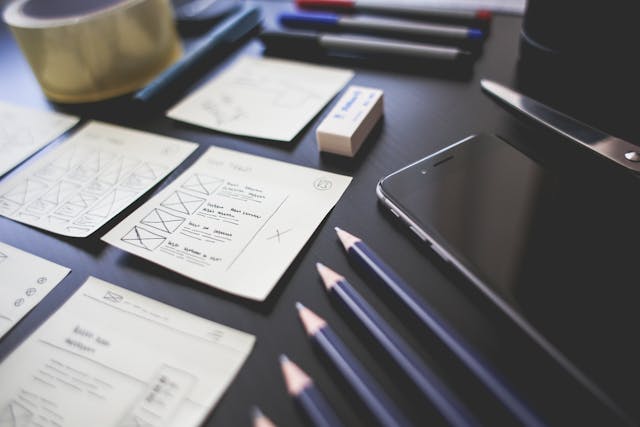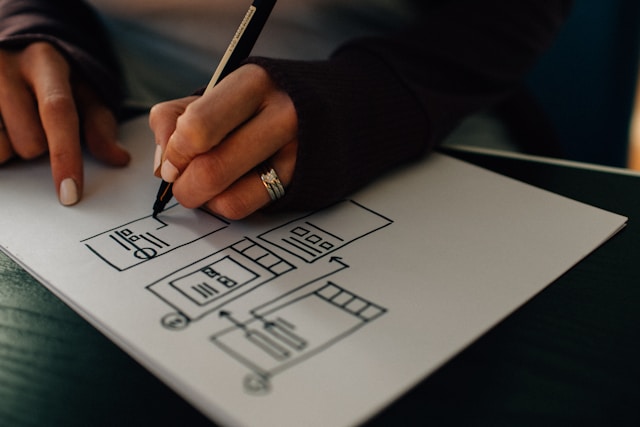In the world of user experience (UX), you would think that ‘experience’ is the first thing you need to consider. But did you know that UX design and experience design are different things? Experience design can include a lot of things, but primarily, it’s about starting at the problem and working backward. It’s about figuring out how you can create an experience that makes your customers’ lives easier.
According to McKinsey, there’s a correlation between business performance and Design Index Rankings. In other words, if you have a design that works for your customers, your business performs better. This is why experience design is so crucial.
This guide will tell you everything you need to know about it, including how it differs from UX.
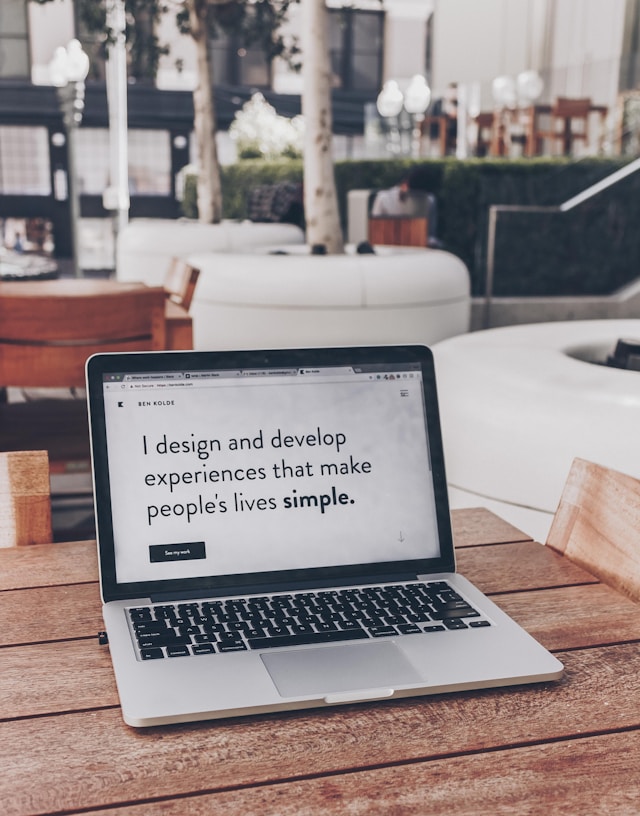
What Is UX?
Firstly, it’s worth reiterating what UX is. So, what is UX? UX always refers to digital products. It involves creating digital products that are both useful and enjoyable for the user.
UX designers must carefully consider the user’s journey before, during, and after they use the product. They create this flow from start to finish, ensuring that the customer can achieve their goals.
What Is User Experience Design?
Then, what is user experience design? At its core, experience design is about using the experience of customers to drive design. This isn’t always about digital products, but it often concerns apps.
Experience designers think about their target audience and what their core needs and feelings are. Then, they use this information to create a solution.
In this way, user experience design differs from UX in that it involves creating the entire solution. Sometimes, UX is about adapting an existing solution to improve the usability and enjoyability of the product. However, experience design informs business development as a whole.
Think about Spotify, for example. It burst onto the scene at a time when many people were pirating music or buying large collections of CDs. It recognized that users wanted a place to listen to their music without breaking the bank. By adding an intuitive, sleek user interface and social features, Spotify created an amazing experience.
At its core, experience design aims to do three things:
- Solve a pain point.
- Create a positive emotional response.
- Drive usage.
There is a lot of overlap with UX. After all, experience design is also an iterative process that involves a lot of testing and refinement. Plus, UX design principles factor into the equation.
However, experience design is a specific way of approaching the creation of digital products.
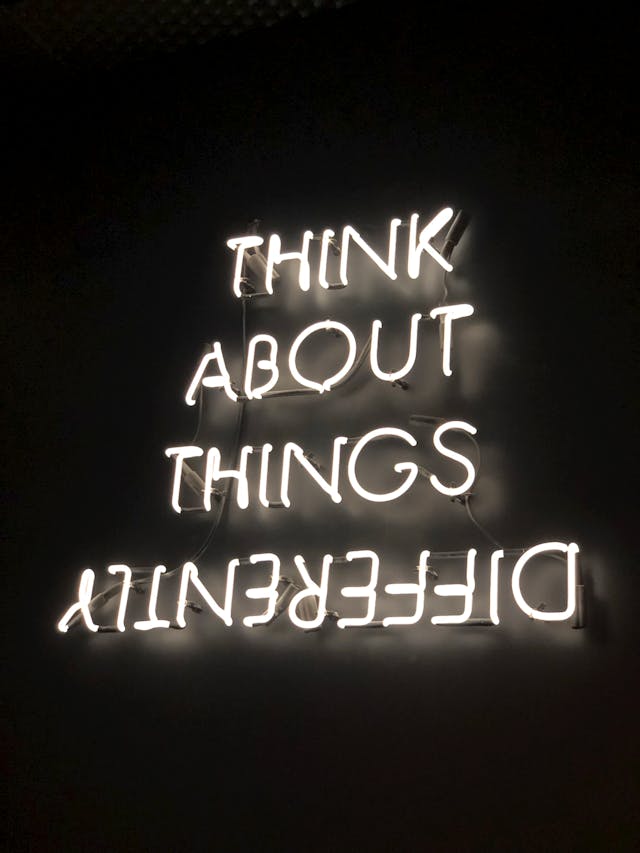
How Human-Centered Design Thinking Can Help You
Designing an experience needs to be more specific than just creating something that your customer likes. It’s more psychological than that because you need to make your customer feel a certain way.
This is one of the core tenets of UX design, in general. Whether you like it or not, your product is going to make the user feel things. In some cases, those emotions are as simple as ‘satisfied’ or ‘frustrated.’
Through great experience design, you can make sure your users feel content, delighted, and even loyal to your brand. The way to do this is to ensure that the product focuses on the person.
This is where human-centered design thinking comes in. It’s important to focus on what your users need, not just what they want. Sometimes, they might not even know they need these things.
To make experience design work, you need to listen to your users’ needs, consider their contexts, and anticipate future problems.
How Customer Experience Design Can Benefit Your Business
Customer experience design has huge benefits for your business, so it’s important to consider it carefully. Customer experience design combines the needs of your customers with the needs of your business. After all, if you create a great product that users love, then they’re likely to use it more. They might even tell their friends about it. As a result, you generate more sales for your business.
This plays on a crucial aspect of marketing: customers don’t care about your business; they care about themselves. So, if you want to sell a product, you need to care about them, too.
Every team in your company, from HR to marketing, can leverage customer experience design. If your company revolves around serving your end users, this will make your customers feel valued.
In other words, adopting a design-thinking mindset throughout the organization ensures that you can benefit your customers. And, through improved brand reputation and increased customer trust, this can benefit your business.
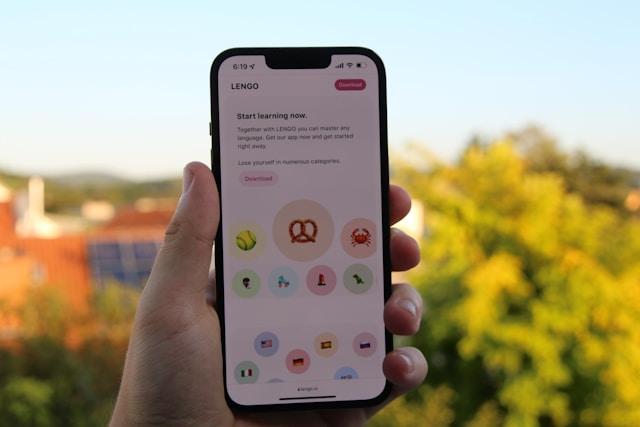
What About Learning Experience Design?
The discipline of experience design has several subsets, one of which is learning experience design (LxD). This is the process of designing learning experiences.
LxD is a great example of experience design as a whole. Instead of just transmitting information, LxD ensures that the learner gets what they need from the process. It prioritizes engagement and understanding. Experiential learning, a foundational theory for LxD, emphasizes three key elements: active participation, reflection, and assessment. Experience designers can use this to ensure that they meet the learner’s needs at every stage of the process.
Learning apps like Duolingo are great at this. They follow all four stages of experiential learning:
- Concrete experience
- Reflective observation
- Abstract conceptualization
- Active experimentation
Duolingo ensures that the user can enjoy an immersive learning experience that hits on all of these points. With a holistic view of the topic and a great UX, users enjoy memorable and effective learning.
In LxD, the emphasis is on asking, “What’s the best way for learners to reach this specific goal?” Putting the user at the forefront of design means acknowledging their journey and building something to suit them. Plus, at the same time, they provide an engaging experience.
Understanding LxD can help you understand the broader concept of experience design as a whole. In any XD, it’s important to consider what makes the user engaged and able to achieve their goals. At the same time, you should consider what makes your product memorable.
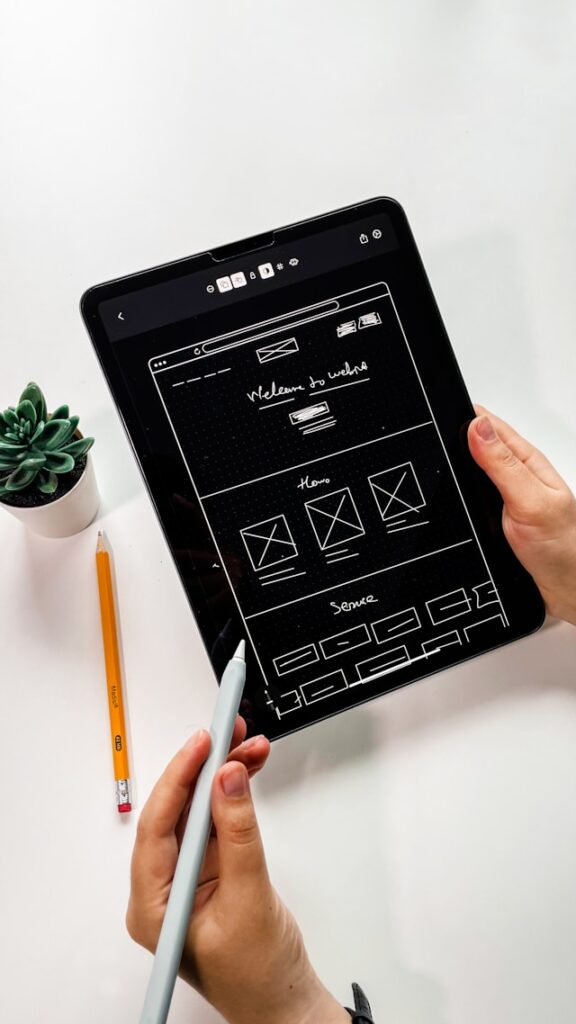
How to Design for Your Users
The Hasso-Plattner Institute of Design at Standford proposes five key stages to designing an experience.
- Empathize: Understand your users, their beliefs, their feelings, and their worldview.
- Define: Understand their needs more deeply, including their pain points.
- Ideate: Apply creative thinking skills to propose innovative solutions to these problems.
- Prototype: Begin to implement these solutions through wireframes and prototypes.
- Test: Test your designs with real users to gather feedback and iterate the design.
By keeping your users in mind every step of the way, you can build something truly great. Here are four more tips to excel at experience design.
1. Choose the Right Tech
Designing a great solution is useless if it doesn’t really meet your users’ needs. For example, according to research, more 35-54-year-olds use Android phones than iPhones. If you’re designing a product for this age group, don’t design something that only works on iOS.
You also need to consider things like:
- How fast the technology is. If it’s slow, users will probably look elsewhere for a solution.
- How flexible it is. You will often need to adapt and change your product over time.
- How you will gather data to make better decisions going forward.
Crucially, experiences are only as good as the technology behind them.
2. Leverage Data
Throughout the process of designing, you need to use data and use it well. Master your UX research skills to help you define your target audience and get to know them. You can also make use of UX research tools to help you even further.
Although experience design is about the customer, customers can’t always articulate what they want. This is why data-driven design plays such a crucial role. Analyzing how your users behave can give you key insights into areas of friction. So, make sure you have analytics in place to track your user behaviors.
Remember that, in design, everything is testable. From layout and button style to images and fonts, make sure you test every step of the way. A/B testing can really help you see what works and what doesn’t. By the way, the testing process doesn’t end when the product launches. You need to keep tracking, keep testing, and keep improving.
Here’s another tip: make sure you collect feedback from the right people. Practice doing both user research and market research to see what’s happening in your industry. Often, you need to look outside your customer base, too. This way, you can see wider patterns in the market.
If you become adept at research and data analysis, you can spot emerging needs and act quickly. This way, you can not only reach new audiences but ensure your existing customer base stays loyal.
3. Define the Problem Clearly
When it comes time to define the problem you want to solve, you need to do so clearly. Often, marketing goals are broad, such as ‘make more sales.’ When it comes to user experience design, this doesn’t work.
When defining the problem, make sure you consider:
- User persona: Rather than looking at your target audience as a whole, you need to get specific. Create user personas of people you really want to target, and try to understand their unique problems.
- Experience mapping: Each user undergoes a journey as they interact with your product. Understanding this journey will help you see how they get from the starting point to the goal. Plus, it will help you understand points of friction along the way.
Try to be specific about the problem at hand. So, don’t create an app that offers customers live workout classes. Instead, create one aimed at 18-34-year-old women with workouts and a social feed that helps users keep each other accountable. This solves the problem in a unique way, creating an experience in the process.
4. Create for Everyone
Designing for accessibility is essential. According to the CDC, up to 27% of the population have some sort of disability. So, not being inclusive can alienate a huge section of your audience.
When designing, make sure you keep your entire audience in mind. It’s a good idea to familiarize yourself with inclusive design principles and usability heuristics. That way, you can ensure that everybody benefits from your product.
Get More Experience Design Tips With Page Flows
Strong experience design can be the difference between a sell-out product and a flop. By keeping your users in mind, you can create an amazing product that consistently performs well in the market.
If you’re looking for inspiration for your designs, why not learn from proven products? Page Flows is a helpful resource for finding experience design ideas. Get started today to access our growing library of user flow recordings and keep up-to-date with the latest design trends.
Meta Description: Experience design can take your UX to the next level with thoughtful products that meet your users’ needs. Here’s how to create the best experience.



